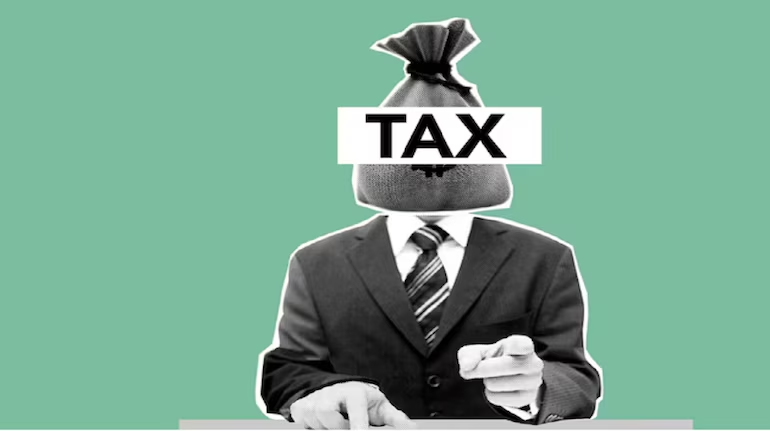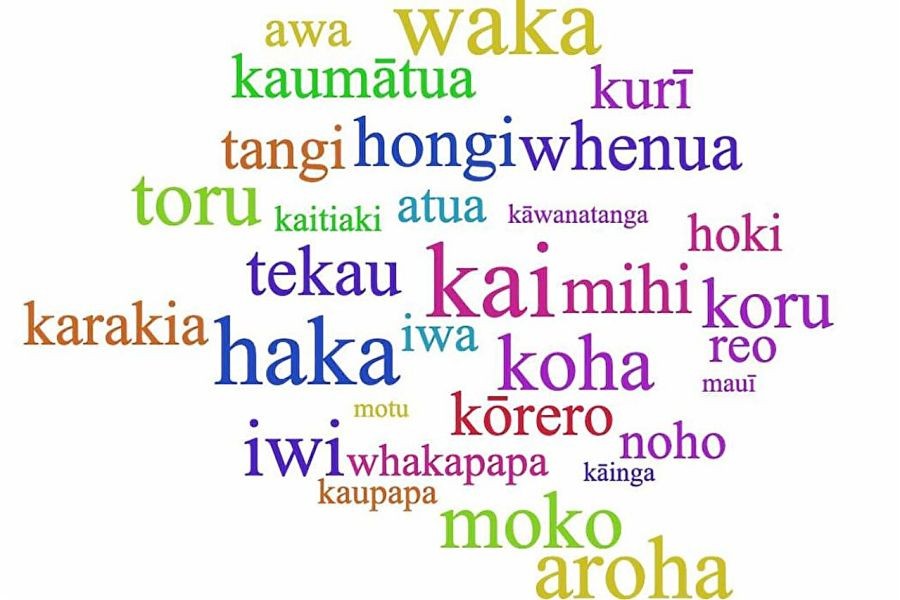In recent years, New Zealand has made significant strides in addressing social inequalities. However, racial inequality in schools remains a persistent issue that continues to impact the educational outcomes of Māori and Pasifika students. Despite numerous policies and initiatives aimed at creating equitable educational opportunities, these groups still face systemic barriers that hinder their academic success.
Understanding the Landscape of Racial Inequality in New Zealand Schools
Māori and Pasifika students often encounter disparities in education, which are reflected in achievement gaps and lower retention rates. According to a 2022 report by Stats NZ, Māori students had a 20% lower achievement rate in NCEA Level 2 compared to their Pākehā counterparts. These statistics underscore the need for targeted interventions to bridge the educational divide.
Pros and Cons of Current Initiatives
✅ Pros:
- Increased Awareness: Nationwide campaigns have raised awareness about the importance of educational equity.
- Policy Implementation: Initiatives like Ka Hikitia have been introduced to support Māori success in education.
- Community Engagement: Schools are increasingly engaging with Māori and Pasifika communities to create culturally responsive learning environments.
- Resource Allocation: Additional funding has been allocated to schools with a high proportion of Māori and Pasifika students.
❌ Cons:
- Insufficient Implementation: Policies often lack effective implementation and follow-through.
- Resource Limitations: Schools still face limitations in resources, impacting the quality of education.
- Systemic Bias: Implicit biases within the education system continue to affect teacher expectations and student performance.
- Short-Term Focus: Many initiatives focus on short-term goals rather than long-term systemic change.
Expert Opinions and Insights
Dr. Aroha Reriti, an education consultant specializing in Māori education, emphasizes the importance of culturally responsive teaching. "Integrating Māori perspectives into the curriculum is crucial for fostering an inclusive learning environment," she notes. Dr. Reriti highlights that teachers need ongoing professional development to understand and implement culturally responsive pedagogy effectively.
Case Study: Te Wharekura o Ruatoki – A Success Story
Problem: Te Wharekura o Ruatoki, a Māori immersion school, faced challenges with student engagement and achievement levels.
Action: The school adopted a holistic, culturally-centered approach, integrating Te Ao Māori (the Māori world view) into all aspects of learning. Teachers received training in culturally responsive pedagogy, and the school fostered strong links with the local iwi (tribe).
Result: Over two years, the school saw a 30% increase in NCEA Level 2 achievement rates. Student engagement improved significantly, with a 50% reduction in absenteeism.
Takeaway: Culturally responsive teaching can significantly enhance educational outcomes for Māori students. Schools across New Zealand can learn from this approach to support their own culturally diverse student populations.
Debunking Myths About Racial Inequality in Education
- Myth: "All students receive equal opportunities in New Zealand schools." Reality: Systemic barriers still exist that disproportionately affect Māori and Pasifika students, impacting their educational outcomes.
- Myth: "Cultural factors are the primary reason for achievement gaps." Reality: While cultural factors play a role, systemic issues such as implicit bias and resource allocation are significant contributors to educational disparities.
- Myth: "Racial inequality is not an issue in urban schools." Reality: Urban schools often reflect broader societal inequalities, and Māori and Pasifika students in these schools can face significant challenges.
Key Mistakes to Avoid in Addressing Educational Inequality
- Overlooking Cultural Context: Ignoring the cultural context of students can lead to disengagement and lower achievement. Schools should integrate cultural perspectives into the curriculum.
- Short-Term Focus: Many initiatives are short-lived and do not address the root causes of inequality. Long-term strategies are needed for sustainable change.
- Lack of Community Involvement: Failing to engage with local communities can limit the effectiveness of educational initiatives. Building strong community partnerships is essential.
Future Trends and Predictions
Looking ahead, the integration of technology in education offers promising avenues to address inequality. Online learning platforms can provide personalized learning experiences, catering to individual student needs. By 2028, it is predicted that 70% of New Zealand schools will adopt AI-driven educational tools, enhancing learning outcomes for all students (Source: NZ EdTech Report 2023).
Final Takeaways
- Racial inequality in New Zealand's schools is a complex issue that requires multifaceted solutions.
- Effective implementation of culturally responsive teaching can significantly improve educational outcomes for Māori and Pasifika students.
- Long-term strategies and community involvement are crucial for creating sustainable change in the education system.
- Embracing technological advancements can help bridge the educational divide and offer personalized learning opportunities.
Conclusion
Addressing racial inequality in New Zealand's schools is not only a moral imperative but also essential for the country's social and economic future. By implementing culturally responsive teaching practices and leveraging technology, we can create an equitable education system that empowers all students to succeed. What are your thoughts on this issue? Share your insights below!
People Also Ask (FAQ)
- How does racial inequality in schools impact New Zealand's economy? Educational disparities can lead to skill gaps, affecting workforce productivity and economic growth. Bridging these gaps is vital for a thriving economy.
- What are the biggest misconceptions about racial inequality in education? One common myth is that all students have equal opportunities. However, systemic barriers still exist, disproportionately impacting Māori and Pasifika students.
- What are some effective strategies to reduce educational inequality? Culturally responsive teaching, long-term policy implementation, and community engagement are key strategies to address educational disparities.
Related Search Queries
- Racial inequality in New Zealand schools
- Education disparities in New Zealand
- Culturally responsive teaching in NZ
- Māori education initiatives
- Pasifika student achievement
- Educational equity in New Zealand
- AI in education NZ
- Systemic bias in education
- Community involvement in schools
- Future of education in New Zealand





























hazz10
5 months ago